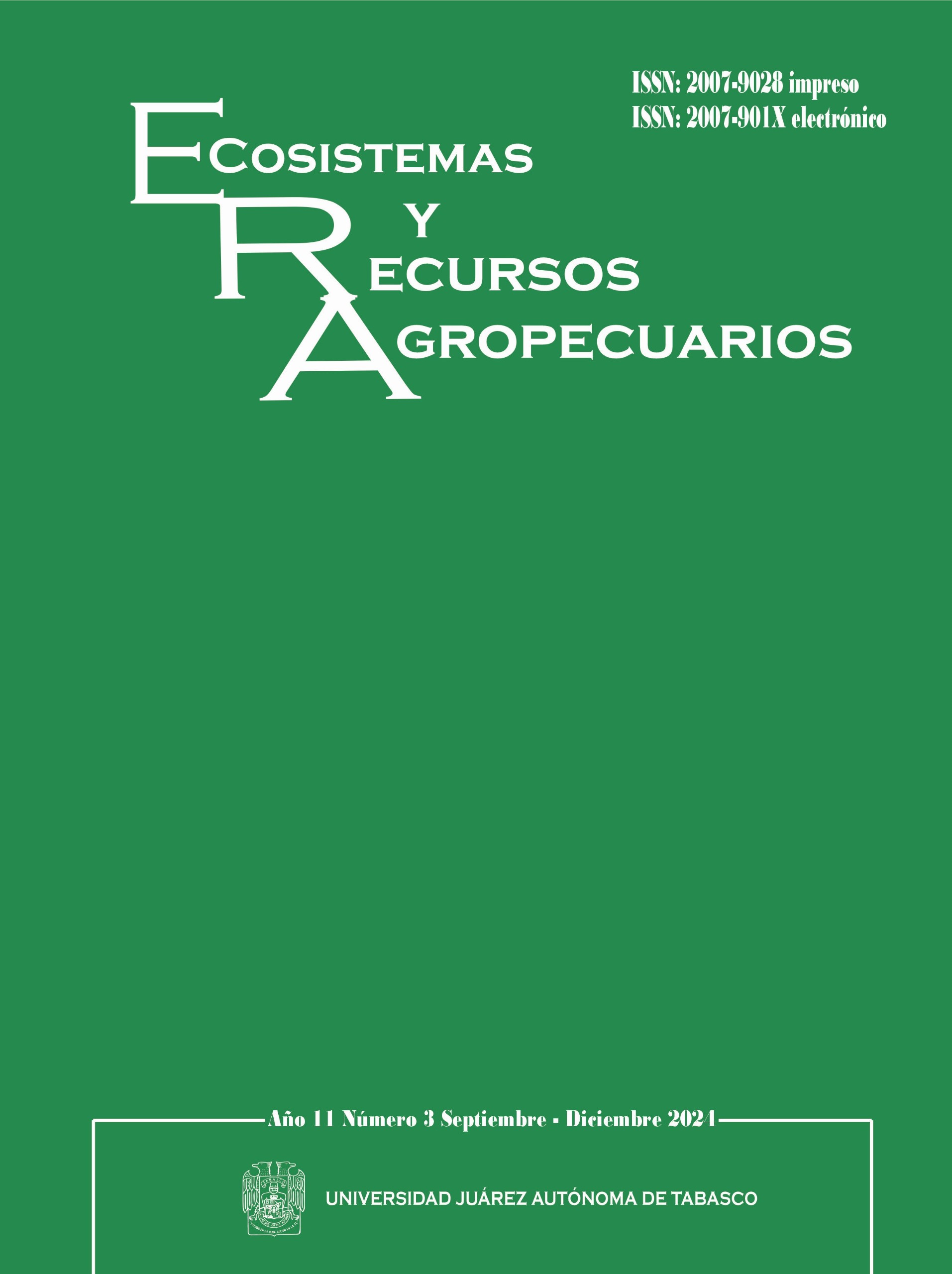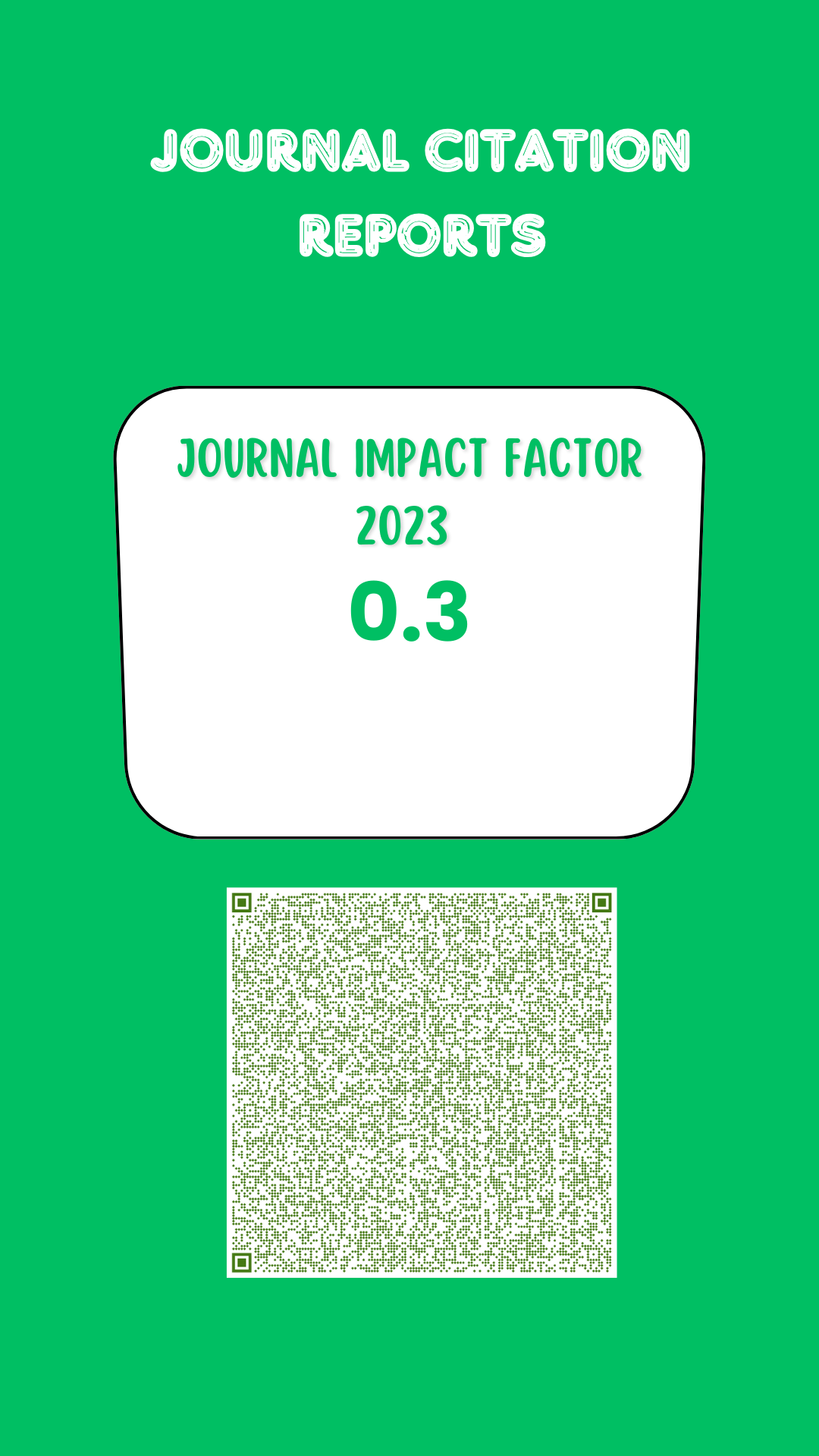Evaluation of hydrogenated cyanamide in in budbreak, yield and nut quality of pecan
DOI:
https://doi.org/10.19136/era.a11n3.4079Keywords:
Cold hours compensator, effective cold hours, pecan productionAbstract
Effective chilling hours (EFH) are an environmental factor that influences the development of the walnut tree, by being able to delay sprouting in addition to reducing production. The objective was to evaluate hydrogenated cyanamide (H2CN2), as a HFE compensator in the pecan walnut crop (Carya illinoinensis (Wangenh.) K. Koch). Carrying out dosages of ≈0, ≈ 2.5, ≈ 5 and ≈ 7.5% of cyanamide, evaluating sprouting on different dates. Significant differences were observed in the sprouting evaluations on March 22 and 26. In untreated trees (0%) there was 3.6% sprouting, while in those treated with cyanamide it increased, registering 12.8, 16.4 and 29.4%, respectively. For the date of March 26, the control showed 9.9% sprouting, and the treated ones, 23.5, 28.6 and 54.6%, in the shoot length on the dates of May 3 and June 7, in the control trees. the average shoot length was 4.0 to 4.7 cm; and in treated trees, the average shoot length was 5.7 to 6.2 cm, 6.5 to 7.2 cm and 5.2 to 6.0 cm. In the production variable, the 7.5% treatment showed a statistical difference over the other treatments with an average of 40 kg per tree, the 0, 2.5 and 5% treatments produced 30.1, 33.2 and 34.8 respectively. According to the results obtained, cyanamide influences the development of sprouting and increases production, without reducing the quality of the nut.
Downloads
References
Arreola-Ávila J, Jacinto-Soto R, Rodriguez-López JS, Santamaria-César E (2005) Efecto de la cianamida de hidrógeno en la estimulación de brotes en nogal pecanero [Carya Illinoinensis (Wangenh) K. Koch] en la Comarca Lagunera. Revista Chapingo Serie Zonas Áridas 4(1): 29-34.
Balandier P, Bonhomme M, Rageau R, Capitán F, Parisot E (1993) Leaf bud endodormancy release in peach trees: evaluation of temperature models in temperate and tropical climates. Agricultural and Forest Meteorology 67 (1-2): 95-113. https://doi.org/10.1016/0168-1923(93)90052-J.
Jangra MS, Sharma JP (2013) Climate resilient and apple production in Kullu valley of Himachal Pradesh. International Journal of Farm Sciences 3(1): 90-97.
Jobling M, Alanära A, Kadri S, Huntingford F (2012) Feeding biology and foraging. In: Huntingford F, Jobling M,Kadri S (eds) Aquaculture and behavior. Wiley-Blackwell, LTD. Sussex, UK. pp. 121-149.
Lang GA, Early JD, Martin GC, Darnell RL (1987) Endo-, Para-, and Eco-dormancy: Physiological Terminology and Classification for Dormancy Research. Hort Science 22(3): 371-377.
Martínez, ROA (1995) Efecto de las aplicaciones de cianamida de hidrógeno y citrolina en nogal (Carya illinoensis Koch). En: Memorias 41 Reunión Anual Sociedad Interamericana para Horticultura Tropical. Universidad de Magdalena.
Medina MMC, Cano-Ríos P (2002) Aspectos generales del nogal pecanero. En: Arreola AJG, Reyes JI (eds) Tecnología de producción en nogal pecanero. Campo Experimental La Laguna, INIFAP. Matamoros, Coahuila, México. pp: 1-14.
Osorio-Acosta G, Diaz-Montenegro D, Siller-Cepeda J (1997) Regulación de la brotación en vid bajo condiciones del desierto de Sonora. Folleto técnico No.14. INIFAP-CIRNO-CECH. Hermosillo, Sonora, México. 71p.
Pérez FJ, Lira W (2005) Possible role of catalase in post-dormancy bud break in grapevines. Journal of Plant Physiology 162(3): 301-308.
Rivadeneida PJL, Barrera-Argüello MV, De La Hoz-Suaerez AI (2020) Análisis general del spss y su utilidad en la estadística. Journal of Business Sciences 2(4): 17-25.
Rodríguez A, Sánchez E, De la Casa A (2011) Contributions of early season temperatures to Pyrus comunnis ’Bartlett‘ fruit growth. Acta Horticulturae 909(2): 657-664.
Rosa-Júnior HF, da Silveira-Pasa M, Barboza-Malgarim M, Helbig-Pasa E, Fonseca-Paschoal JD (2022) Bud-break promoters for the improvement of the budburst of pecan cultivars. Pesquisa Agropecuária Brasileira 57: e02956. https://doi.org/10.1590/S1678-3921
Sabori PR, Quijada-Flores A, Grageda-Grageda J, Martínez-Díaz G, Núñez-Moreno JH (2012) Efecto de la cianamida de hidrógeno en la brotación de árboles jóvenes de nogal pecanero (Carya Illinoinensis, Koch) variedad Wichita. En: Grageda GJ, Núñez MJH, Maldonado NLA, Vieira FFA, Martínez DG, Fontes PAA, Sabori PR (eds) XIII Simposio Internacional de Nogal Pecanero. Memoria Científica 3. INIFAP, Campo experimental costa de Hermosillo. Hermosillo, Sonora, México. pp. 102-109.
Souza JMA, de Sousa-Silva M, Ferraz RA, Modesto JH, Ferreira RB, Batista-Bolfarini AC, Leonel S (2021) The use of hydrogen cyanamide or nitrogen fertilizer increases vegetative and productive performance of fig cv. Roxo de Valinhos. Acta Scientiarum 43: e50519. https://doi.org/10.4025/actasciagron.v43i1.50519
SIAP (2021) Avances de siembras y cosechas 2021. Secretaria de Agricultura y Desarrollo Regional. http://infosiap.siap.gob.mx/gobmx/. Fecha de consulta: 26 abril de 2022.
Downloads
Published
Issue
Section
License
Copyright (c) 2024 Ecosistemas y Recursos Agropecuarios

This work is licensed under a Creative Commons Attribution-NonCommercial-ShareAlike 4.0 International License.
Aviso de copyright
Los autores que se envían a esta revista aceptan los siguientes términos:
una. Los autores conservan los derechos de autor y garantizan a la revista el derecho a ser la primera publicación del trabajo con una licencia de atribución de Creative Commons que permite a otros compartir el trabajo con un reconocimiento de la autoría del trabajo y la publicación inicial en esta revista.
B. Los autores pueden establecer acuerdos complementarios separados para la distribución no exclusiva de la versión del trabajo publicado en la revista (por ejemplo, en un repositorio institucional o publicarlo en un libro), con un reconocimiento de su publicación inicial en esta revista.
C. Se permite y se anima a los autores a difundir su trabajo electrónicamente (por ejemplo, en repositorios institucionales o en su propio sitio web) antes y durante el proceso de envío, ya que puede conducir a intercambios productivos, así como a una cita más temprana y más extensa del trabajo publicado. (Consulte El efecto del acceso abierto).



